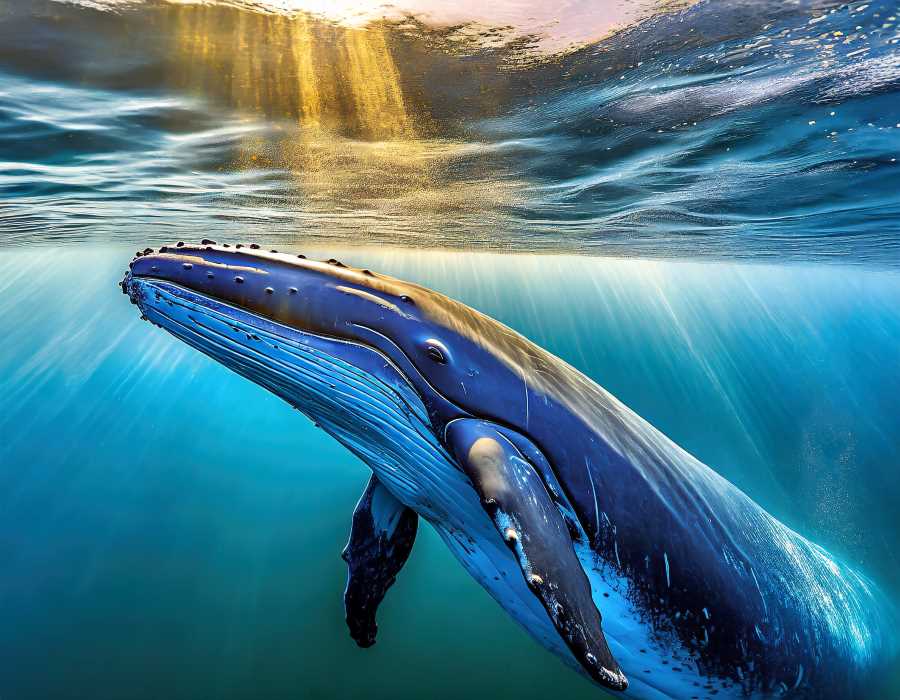Blue Whales' Year-Round Paradise in the Gulf of California
Blue whales, Earth's largest creatures, roam the world's oceans, including the Gulf of California. These mammalian marvels share surprising similarities with humans and showcase incredible adaptations for life in the sea.

When we think of colossal creatures, our minds often conjure images of prehistoric giants or the mighty elephants that roam the savannas. Yet, there exists a majestic being that dwarfs all terrestrial life in sheer size and grandeur: the blue whale. These oceanic titans, stretching over 30 meters in length and weighing a staggering 150,000 kilograms, hold the esteemed title of the largest animals ever to grace our planet. But their captivating story extends far beyond their impressive dimensions.
Contrary to the belief that one must embark on an exotic expedition to glimpse these leviathans, blue whales can be found in numerous corners of the world's oceans. One such place is the Gulf of California, also known as the Sea of Cortez, nestled between the Baja California peninsula, Sonora, and Sinaloa in Mexico. This biodiverse haven boasts over 50 islands, where blue whales harmoniously coexist with dolphins, seals, and sea lions. Joining them in this aquatic paradise are their cousins, the fin whales, who themselves reach up to 25 meters in length and tip the scales at a formidable 70,000 kilograms.




